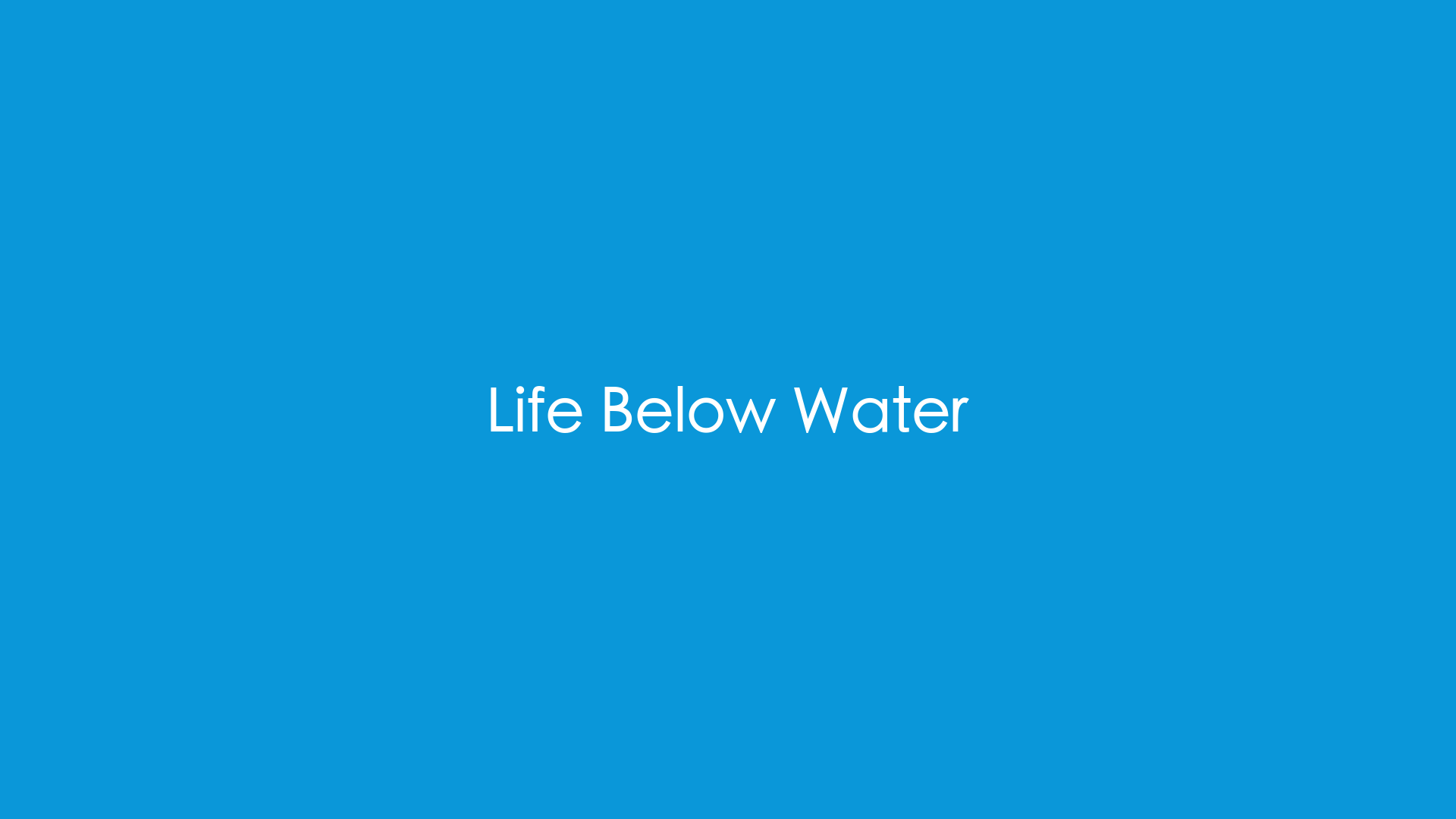Why it is a problem
Our oceans and marine life are under threat due to human activities, with potential far-reaching impacts. Here’s why this remains a significant issue:
- Overfishing: Overfishing depletes fish populations, disrupting the balance of marine ecosystems and threatening the livelihood of communities dependent on fishing.
- Pollution: Marine pollution, especially from plastic waste, causes harm to marine life and can enter the human food chain via seafood.
- Habitat Destruction: Activities such as coastal development, bottom trawling, and coral mining destroy marine habitats and biodiversity.
- Climate Change: Rising sea temperatures and ocean acidification, linked to climate change, threaten marine life, including coral reefs.
What can individuals do
Individual actions can significantly contribute to preserving life below water:
- Sustainable Consumption: Only purchase seafood from sustainable sources, and reduce use of plastic to limit marine pollution.
- Clean-up Activities: Participate in or organize clean-up activities on beaches or water bodies.
- Education and Advocacy: Learn about marine conservation and advocate for policies that protect marine ecosystems.
- Support Marine Conservation Organizations: Donate or volunteer with organizations dedicated to protecting marine life.
The benefits of solving it
Protecting life below water can have numerous benefits for our planet and communities:
- Biodiversity Conservation: Healthy oceans harbor a wealth of biodiversity and play a crucial role in maintaining life on Earth.
- Food Security: Sustainable fishing ensures the continued availability of fish, which is a crucial source of protein for many communities worldwide.
- Climate Regulation: Oceans absorb a significant amount of the world’s carbon dioxide, helping to mitigate climate change.
- Economic Health: From tourism to fisheries, billions of people depend on healthy oceans for their livelihoods.
